Building bridges over bodies of water has remained a challenge forever. With advancements in science and engineering, the task has become easier, but some fundamentals still need to be followed.
To expose the underlying muddy surface, a cofferdam is constructed, and the water it collects is pumped out of the riverbed. Pillars for the bridge are then erected on this underlying muddy button. During medieval times, several logs were pushed into the mud to construct the cofferdam.
The next step was to make it waterproof using mud and later reinforcing it using sand. To let the water out, a waterwheel was used. To strengthen the subsurface soil, wooden piles were forced into it using a pile driver.
Wooden foundations were laid on these piles, fixed in place using huge circular stones, and connected in a network by wrought iron bars. After the completion of this step, the labor could start working on the pillars.
For the construction of arches, a support structure was erected, and granite and sandstone blocks were placed on top of it. The supporting structure was then removed, and the arch held together perfectly by its own weight. Then rocks were put over the arches to reach the bridge deck’s level, and later hard rock was used to lay pavement on it.
Institute of Archaeology of the Czech Academy of Sciences (CAS), Prague, and the National Heritage Institute took the example of Charles Bridge on the Vltava river in Prague and created a 3D animation under the project Praha Archeologicka.
Charles IV started constructing this bridge in 1357, and it was completed at the beginning of the 15th century. The bridge is 512 meters long and 10 meters in width with 15 pillars and 16 arches, each guarded by ice guards.
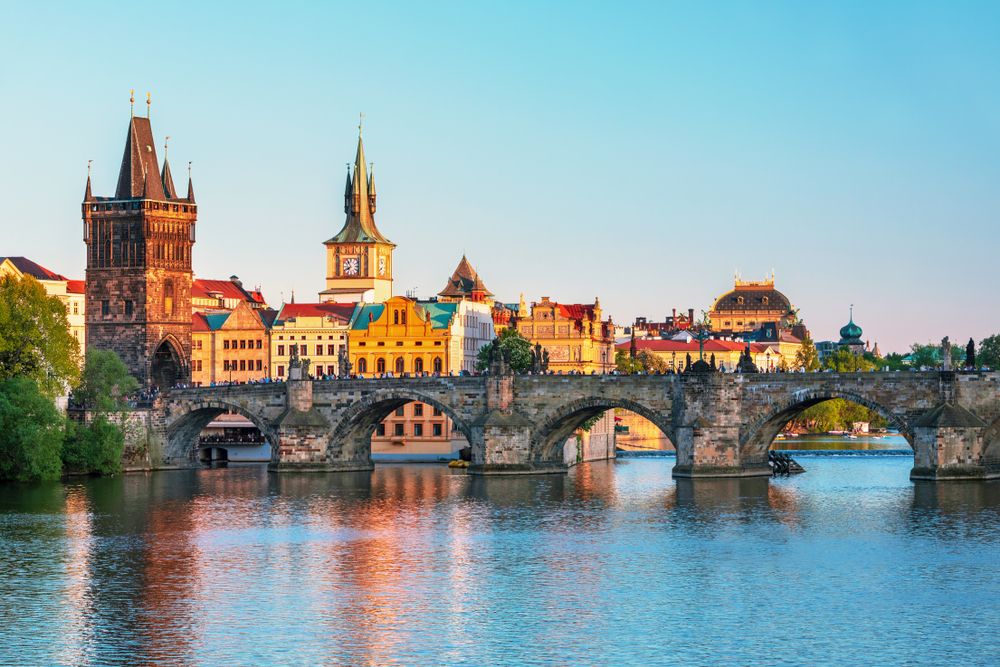
30 statues and statuaries decorate the balustrade paying tribute to numerous saints and patron saints; however, their period is different from that of those saints as they were erected between 1683 and 1714. The originals were taken to Prague’s National Museum to preserve them and were replaced with replicas.
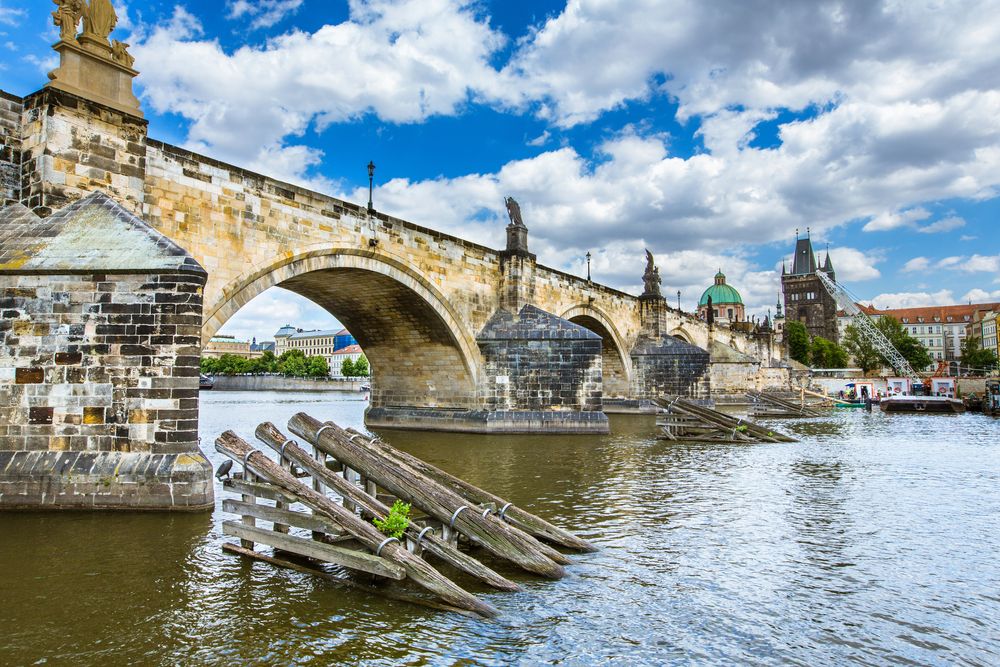
The bridge was only crossing the river Vltava until the mid-19th century, making it a link between the old city town and its nearby areas with the Prague Castle.
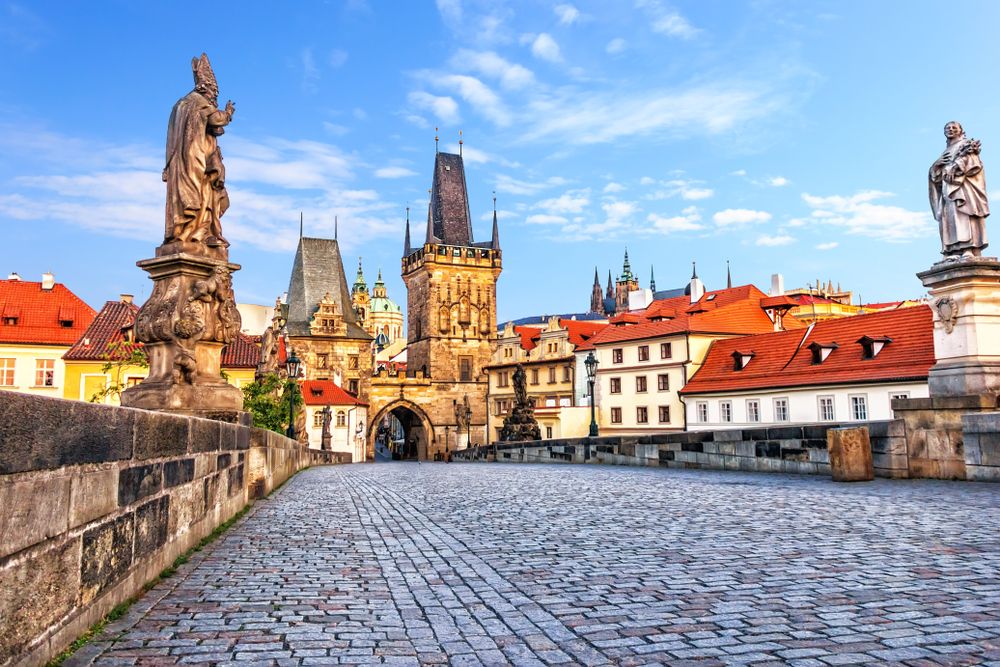
During its six hundred-years history, the bridge has been destroyed several times. The first one coming from a flood only after 30 years of the bridge’s completion.
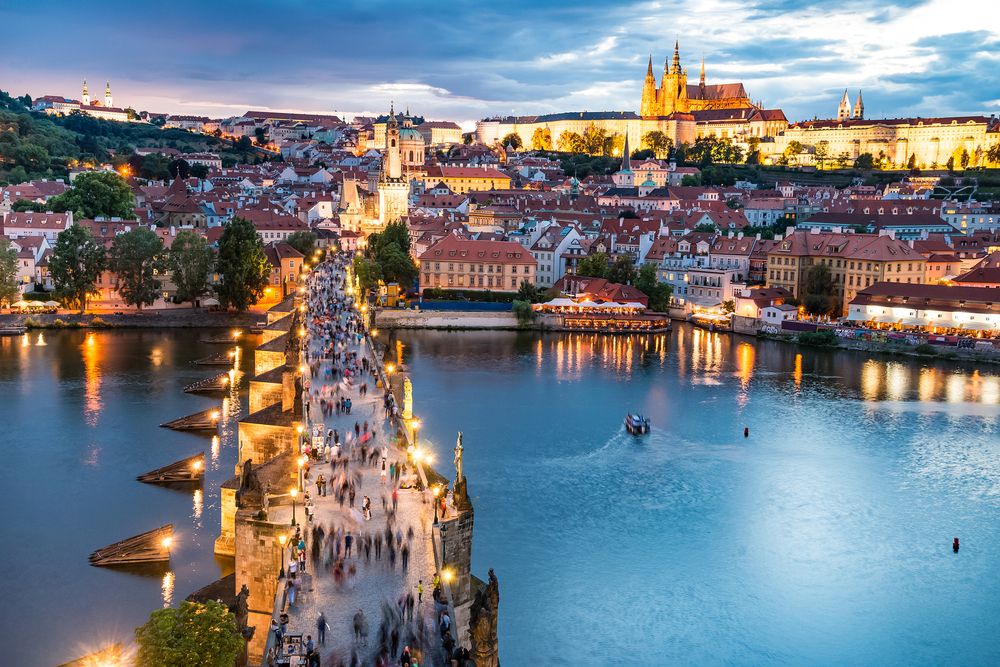
In 1946, a flood-damaged the supporting pillars bringing the arches down. In 1890 another flood struck during which a large number of incoming debris such as logs and rafts hit the bridge, breaking two pillars and three arches.
Wars occurring over the years have also caused severe damage to the bridge. During the Thirty Year’s war, the bridge towers were extremely damaged, and almost all of the historic decorations had to be removed.
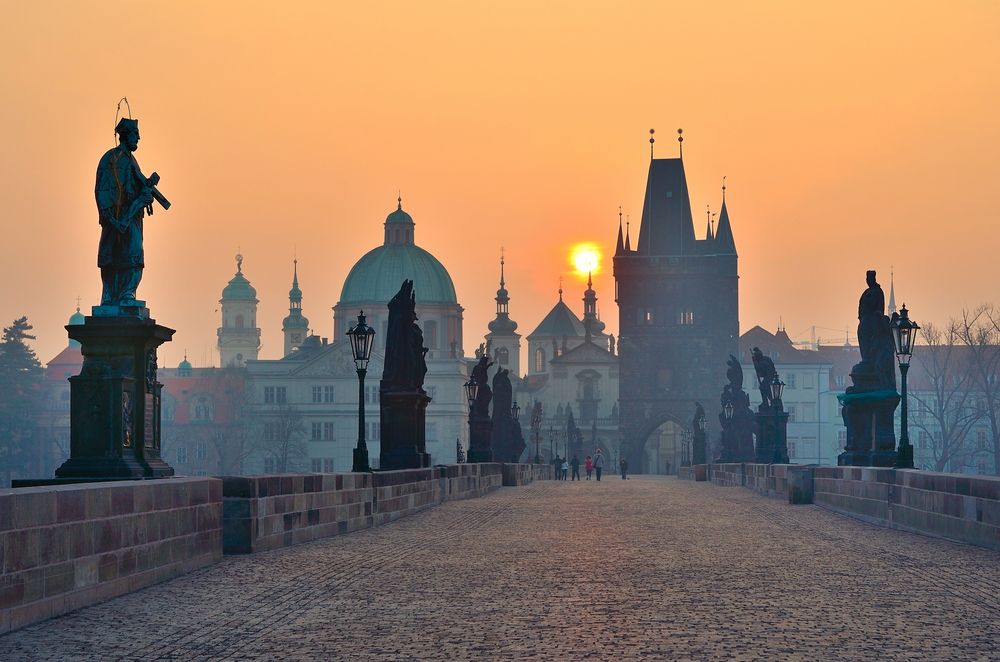
Surprisingly, the bridge survived the Second World War and went under renovation. To further preserve it, automobile traffic was banned over it. To this day, the bridge remains the center of attention of people visiting Prague.


